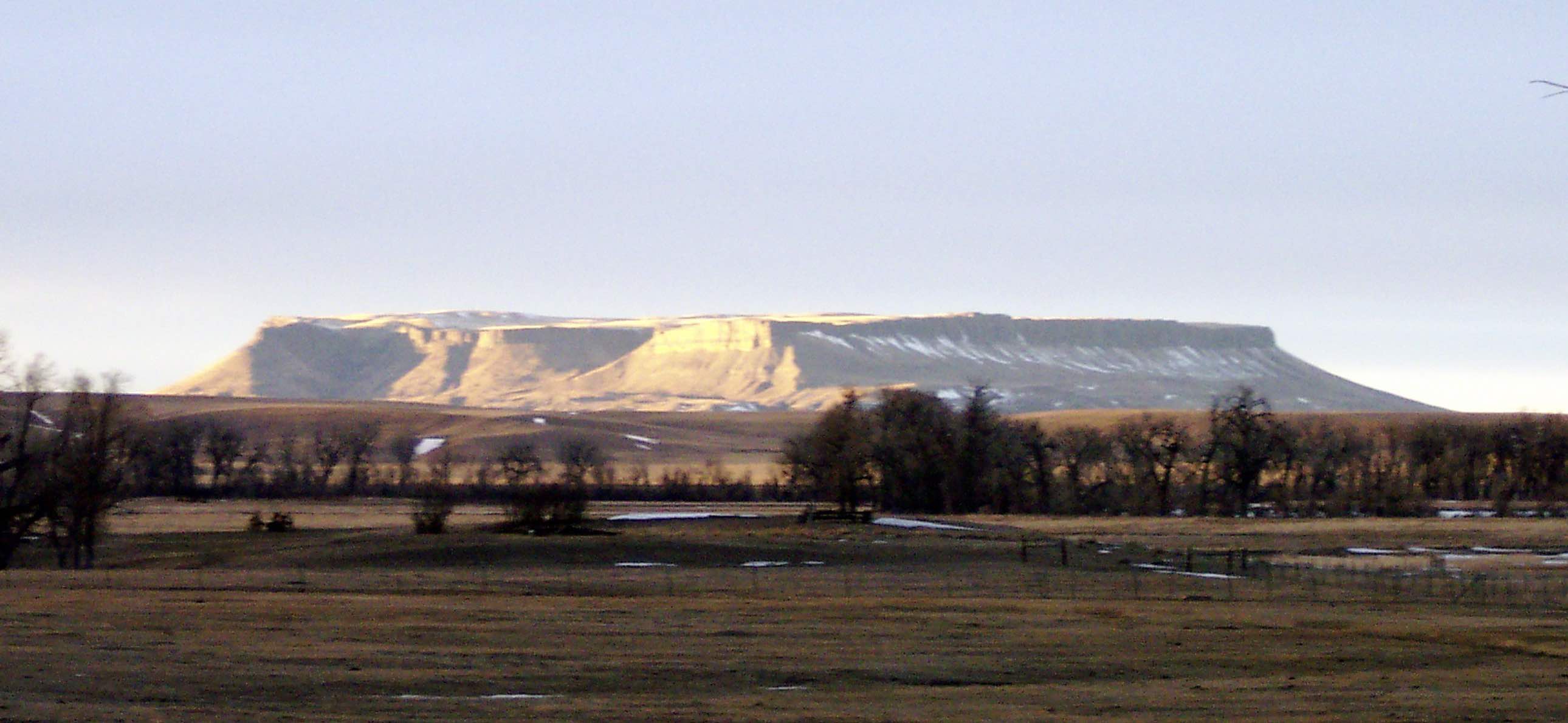When we look at a cottonwood tree silhouetted against a stormy sky, the drama of the moment, the play of dark against light, may cause us to overlook something deeper.
What is it that makes the aging cottonwood tree so special? Is it the gnarled limbs? The rough bark? Is it the thread-like nature of the newly budding branches juxtaposed against the immensity of these 100-foot high behemoths?
Perhaps it is the idea that this tree provides habitat for nearly 80 per cent of the species within its reach. Maybe it is how it germinates, the seeds requiring a flood event to take root and thrive?
Or is this tree made unique because of its soft wood that so readily soaks up any available high plains desert moisture but which at the same time fails to support the limbs of an aging tree in a high wind?
Nineteenth century poet Gerard Manley Hopkins would call the cottonwood’s pattern of activity its inscape. With this word, he described the essential quality that all beings possess and which makes each of us unique. However, this quality is not always the same nor is it revealed in one description or action. It is a pattern of being that reveals in its stripped down form how we, or any being, exists, how we are.
In other words, our actions and what we create reveals our oneness with all.
Hopkins wrote in “As Kingfishers Catch Fire”:
Each mortal thing does one thing and the same:
Deals out that being indoors each one dwells;
Selves – goes itself; myself it speaks and spells,
Crying What I do is me: for that I came.
Was then Hopkins, the British poet who became a Jesuit priest and struggled in his conflict between his faith and his art, so very different from the Hopis who believed that the divine speaks in the rustle of the wind through the cottonwood leaves?


Comments are closed, but trackbacks and pingbacks are open.